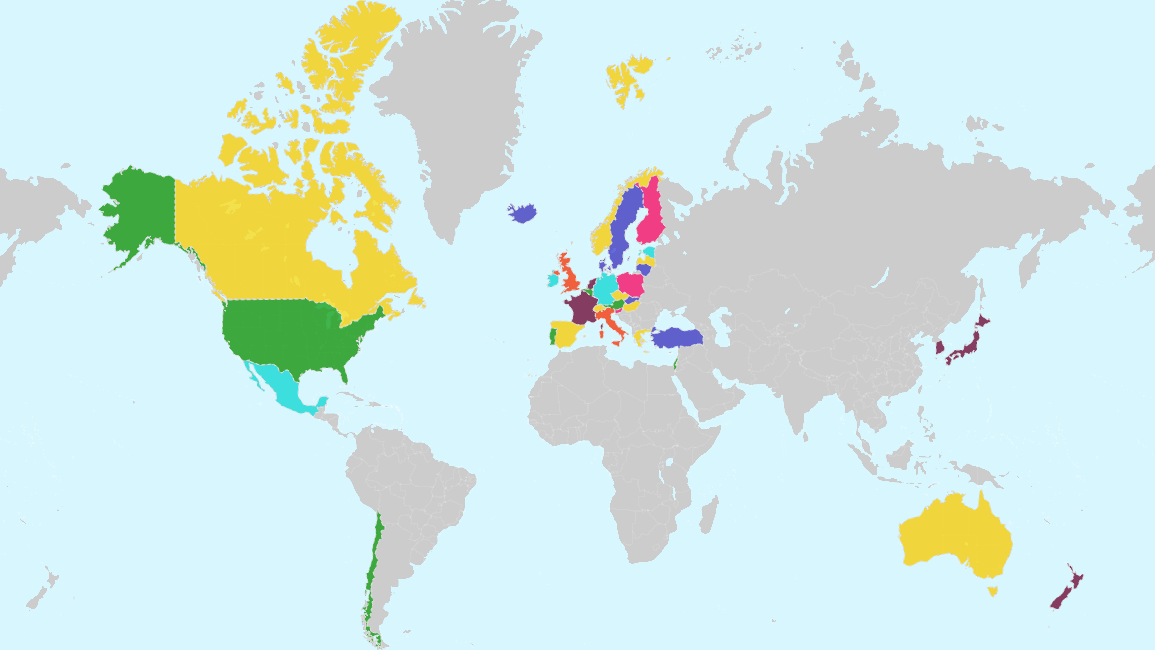Canada can enhance its primary care system by drawing lessons from Organisation for Economic Co-operation and Development (OECD) countries with high rates of patients attached to primary care clinicians, as outlined in an analysis published in the Canadian Medical Association Journal.
The need for improvement in Canada’s primary care is well recognized, with approximately 17% of individuals reporting not having a regular primary care clinician prior to the COVID-19 pandemic. The situation was further exacerbated by the pandemic, leading to the early retirement of some family physicians, a trend also observed in other countries.
The authors of the analysis examined nine countries where over 95% of the population has access to a family doctor, primary care clinician, or place of care. These countries include France, Germany, New Zealand, United Kingdom, Denmark, Netherlands, Finland, Italy, and Norway. The aim was to identify valuable lessons that Canada can adopt.
In terms of health spending, Canada falls in the middle range compared to the other countries studied. However, Canada has the lowest percentage of public health spending at 70%, a figure that has remained unchanged since the 1990s. Although Canada has a similar number of family physicians per capita, it has the lowest number of total physicians per capita. Additionally, Canada allocates a smaller proportion of its total health budget to primary care.
Unlike Canada, other countries have designed their healthcare systems to ensure that every individual has access to primary care. Dr. Tara Kiran, a family physician at St. Michael’s Hospital, Unity Health Toronto, and the Fidani Chair of Improvement and Innovation at the University of Toronto, emphasizes the importance of guaranteeing access to primary care and increasing funding for it.
The authors highlight historical factors that have influenced Canada’s healthcare system, such as physicians’ push to maintain autonomy during the introduction of Medicare. In countries with high rates of primary care attachment, family doctors have stronger contractual agreements and are accountable to the government, insurers, or both. On the other hand, Canada’s family physicians are private contractors with limited system accountability. Furthermore, these countries have a higher concentration of family doctors working in office-based, generalist practices, while many Canadian family doctors work in emergency or hospital care settings, or in specialized practices like sports medicine.
To address these challenges, it is recommended that a higher proportion of the total health budget be allocated to primary care. Additionally, expanding Medicare coverage to include prescription medications, dental care, and mental health services would alleviate the burden on family physicians in these areas. Canada should also strive to increase the number of physicians per capita, ensuring that residents have access to a primary care practice in close proximity to their homes. Adequate funding for these practices is essential. Furthermore, efficiency can be improved through the implementation of online booking, secure messaging, and a single patient health record accessible to both patients and clinicians across Canada.
The authors propose that primary care physicians in Canada should transition from fee-for-service payment models to capitation or salary-based payments. This shift, along with the introduction of more organized after-hours care, a reduction in walk-in clinics, and expanded roles for other healthcare professionals, can optimize the use of primary care resources.
In conclusion, the authors argue that Canada can benefit from the experiences of other OECD countries to implement bold policy reforms that prioritize universal access to primary care. These reforms aim to create a comprehensive and equitable primary care system for all Canadians.
*Note:
1. Source: Coherent Market Insights, Public sources, Desk research
2. We have leveraged AI tools to mine information and compile it




